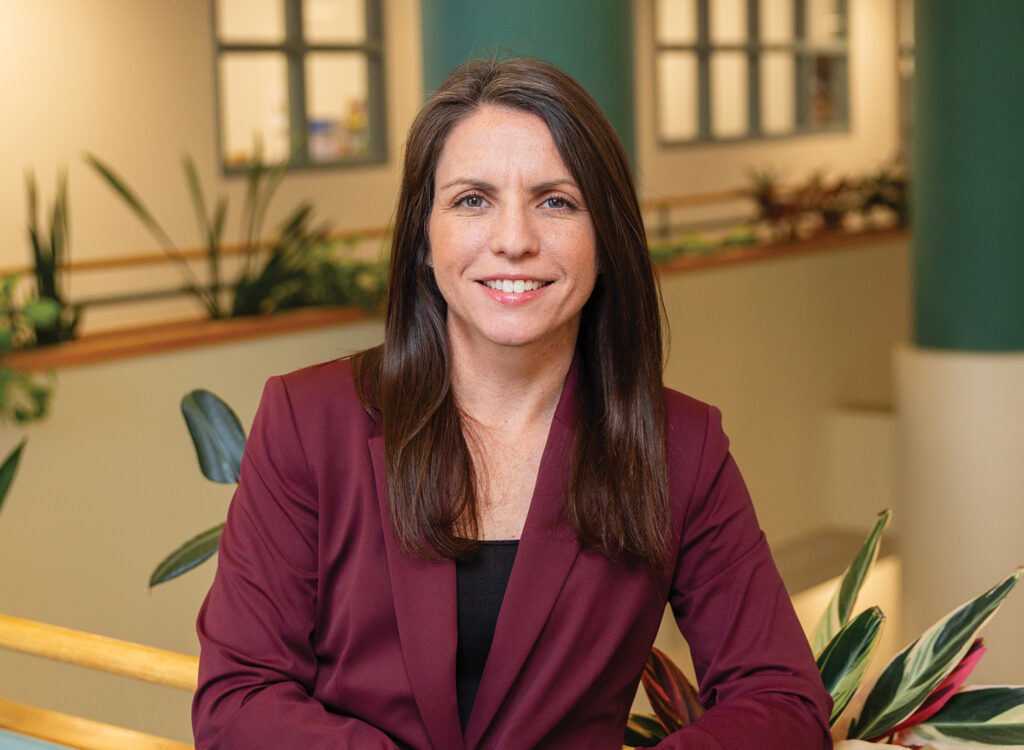NOTEBOOK: Three more thoughts on nonprofits and corporate giving

BUSINESS RECORD STAFF Feb 27, 2020 | 5:36 pm
4 min read time
948 wordsArts and Culture, Business Record Insider, The Insider Notebook
The cliche of nonprofit consolidation By Chris Conetzkey
There’s no question there are a lot of pressures on nonprofits. Many of the challenges — technology, fighting for funding, wages and employment pressures — seem like things that could be solved through scale. With nonprofits in our community sometimes providing overlapping services or having overlapping missions, it’s why my mind initially wondered aloud whether consolidation in the nonprofit industry — not unlike perhaps what we are seeing with community banks or in the startup world — is inevitable and/or should be encouraged.
Tray Wade, who’s organization EveryStep has brought a variety of nonprofits under the same umbrella, was quick to caution against the simplistic notion that consolidation is the easy answer. Here’s Wade from the Power Breakfast on nonprofits and corporate giving: “It has gotten almost to be cliche, of ‘well there are too many nonprofits you should just consolidate.’ I wouldn’t say it’s any easier than going to two people that are running restaurants and saying we don’t need two, why don’t you just decide to have the other one take you over. And I think that’s tough right? So I think that can be a possibility and it has been for many nonprofits in our community, it’s also not as simple as just ‘hey there are too many we need to cut it from 500 to 250.’”
After the event, I spoke a bit more with Wade on this notion. What helped shape my perspective was understanding the passion of the person who built the nonprofit or the board that supports it, and how that differs a bit from say an entrepreneur who builds a business. An entrepreneur builds a business, and at some point perhaps she has the opportunity to sell the business.
That’s still often hard for an owner, but there is a financial payoff at the end. With a nonprofit, that IS that person’s livelihood and one they, staff and board members have devoted their life to. And there isn’t necessarily a personal financial payoff at the end, instead, perhaps you’re just out of a job.
That dynamic makes nonprofit consolidation much trickier, but I think it points to other possible ways to view it. For example, during our pre-event, there was much talk about ways as a community we could help fund and support backend services that could be shared by nonprofits.
In fact, the Community Foundation of Greater Des Moines facilitates a program – Nonprofit Accounting Services – that provides professional and administrative services for organizations so they can focus on their missions, while the team facilitates their financial administration. The nonprofit benefits from a team approach so they don’t have to worry about staff turnover and their donors and board members can have the confidence that finances are being expertly managed.
The program currently serves 30 clients but is at capacity and has a waitlist. Perhaps this highlights an opportunity.
In addition to shared services, panelist Teree Caldwell-Johnson, CEO of Oakridge Neighborhood, pointed out that there are a number of nonprofits that have a menu of services that they offer, and that she has seen some nonprofits deciding that certain services are no longer part of their mission. In those cases some nonprofits are interested in finding another nonprofit that could absorb that piece of their operation. “It’s not necessarily a merger of nonprofits, but maybe a way that you share or merge a service that is maybe better served by this organization as someone transitions out,” Caldwell-Johnson said.
Funding the beast By Kate Hayden
An audience member asked: What is a trend among nonprofits receiving funding for technology upgrades?
“There is none,” Caldwell-Johnson deadpanned.
Technology upgrades, including hardware and database maintenance, are high-cost and recurring, so Oakridge Neighborhood builds the costs into its capital expenses.
“We know that every year there are a certain number of computers that are going to have to be replaced or upgraded, and we just know that’s an expense that we’re going to have to incur because there are very few out there that are funding technology,” she added.
Another panelist, Melanie Campbell, chief donor engagement officer at United Way of Central Iowa, said corporations and individual donors need to broaden their judgement of an organization beyond how much is spent in the overhead of an organization, and start asking questions about how those expenses affect the quality of work.
“I can’t tell you how many times I’m in a conversation and people will say, ‘yeah, but have you seen what their overhead is?’ And I look and I say, ‘how exactly do you think they’re going to provide that service?” Campbell said. “We have got to get away from diving into 990s to figure out how much money is paid for staff. … It takes people and it takes money, it takes buildings and it takes technology — and those are expenses.”
Where are the middle gifts? By Kathy Bolten
Changes in the federal tax code in 2018 had many nonprofit leaders fretting they would see a drop in charitable donations. While Wade said his organization hasn’t experienced a decline, Cherian Koshy, director of development at Des Moines Performing Arts, said there is concern about “a very large donut hole in giving in the future.”
Koshy said his group has seen a shift in donations of small amounts while donations of larger amounts have remained stable. “There aren’t a lot of those middle gifts that are happening anymore,” he said.
Donors are making a choice, Koshy said. “Either this is a nonprofit that I care about and I’m going to go all in or I’m going to scale it back and give $20.”








